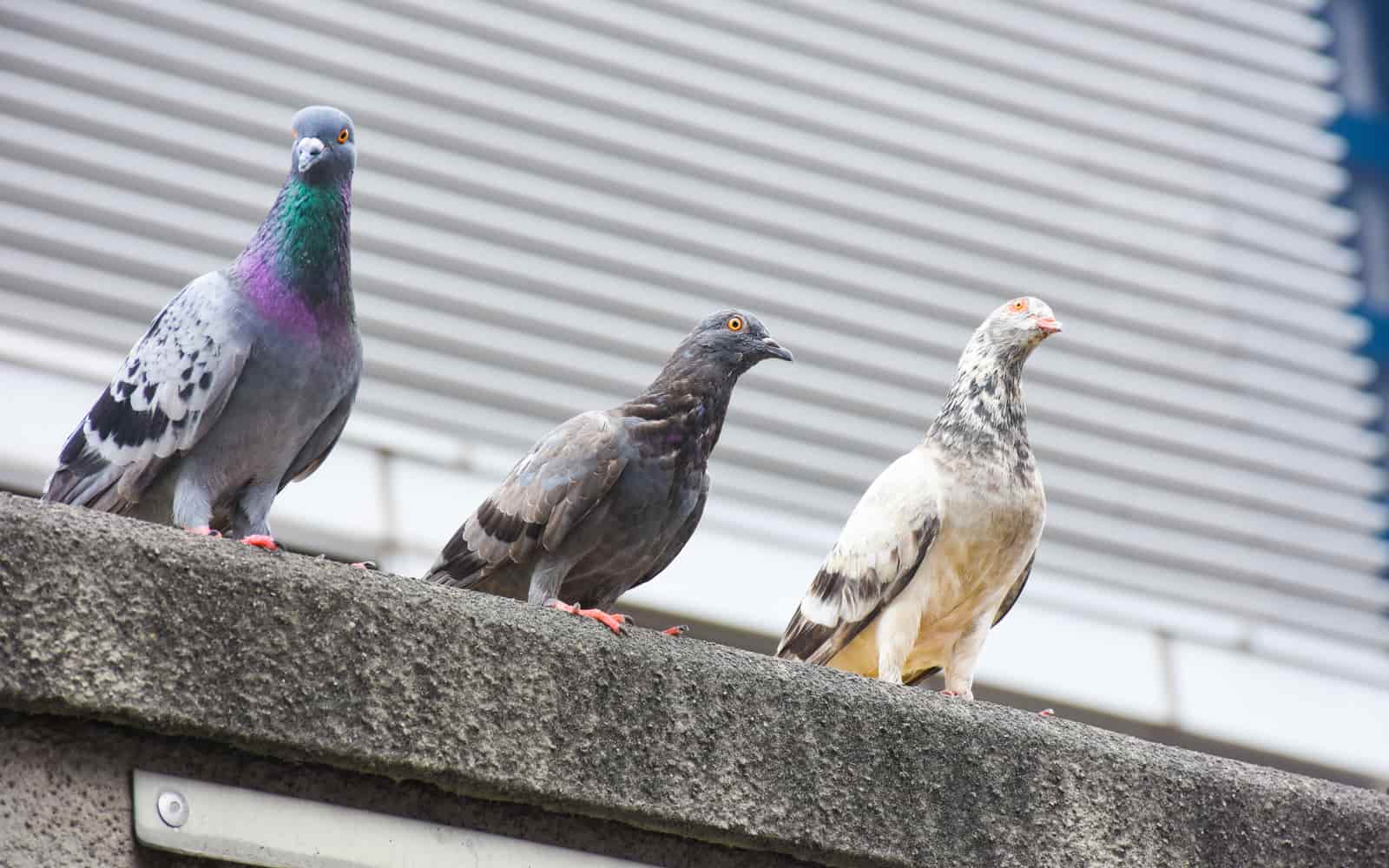Birds, with their graceful flights and melodious songs, bring a sense of joy and wonder to our surroundings. However, along with their charming presence, they also leave behind a less glamorous byproduct: bird feces. Commonly found on rooftops, sidewalks, and even cars, bird droppings raise questions about their potential harm to human health and the environment. Let’s delve into the topic and separate fact from fiction.
The Composition of Bird Feces:
Before we delve into its potential harm, it’s essential to understand what bird droppings are made of. Bird feces consist mainly of uric acid, a white, water-insoluble substance that allows birds to excrete nitrogenous waste with minimal water loss. Additionally, bird droppings contain undigested food remnants, bacteria, and parasites, depending on the bird’s diet and health.
Potential Health Risks:
- Bacterial Infections: Bird droppings can harbor bacteria like Salmonella, E. coli, and Campylobacter, which pose health risks to humans if ingested or if contact occurs with open wounds or mucous membranes.
- Respiratory Issues: When bird droppings dry, they can become airborne, releasing particles that may irritate the respiratory system, particularly in individuals with asthma or allergies.
- Parasitic Infections: Some bird species carry parasites like mites, ticks, and fleas, which can transfer to humans and cause discomfort or disease.
Precautions and Mitigation:
While the potential risks associated with bird feces are real, there’s no need to panic. Here are some practical measures to minimize exposure and maintain a safe environment:
- Regular Cleaning: Promptly remove bird droppings from surfaces to prevent bacterial growth and reduce the likelihood of airborne particles.
- Protective Gear: When cleaning or working in areas with accumulated bird droppings, wear gloves, masks, and eye protection to minimize direct contact and inhalation of particles.
- Proper Hygiene: Wash hands thoroughly after handling bird droppings or touching surfaces potentially contaminated with feces.
- Deterrents: Install deterrents like spikes, nets, or ultrasonic devices to discourage birds from roosting or nesting in unwanted areas.
Environmental Impact:
Beyond its effects on human health, bird feces can also impact the environment. Excessive accumulation of droppings in certain areas can alter soil pH, degrade building materials, and contribute to eutrophication in water bodies due to nutrient runoff. However, in natural ecosystems, bird droppings play a vital role in nutrient cycling and seed dispersal, enriching the soil and facilitating plant growth.
Conclusion:
While bird feces carry potential health risks and environmental implications, exercising caution and implementing preventive measures can mitigate these concerns effectively. With bird netting, proper hygiene practices, regular maintenance, and respect for the ecological roles of birds, we can coexist harmoniously with our avian neighbors, appreciating their beauty while minimizing potential drawbacks.




